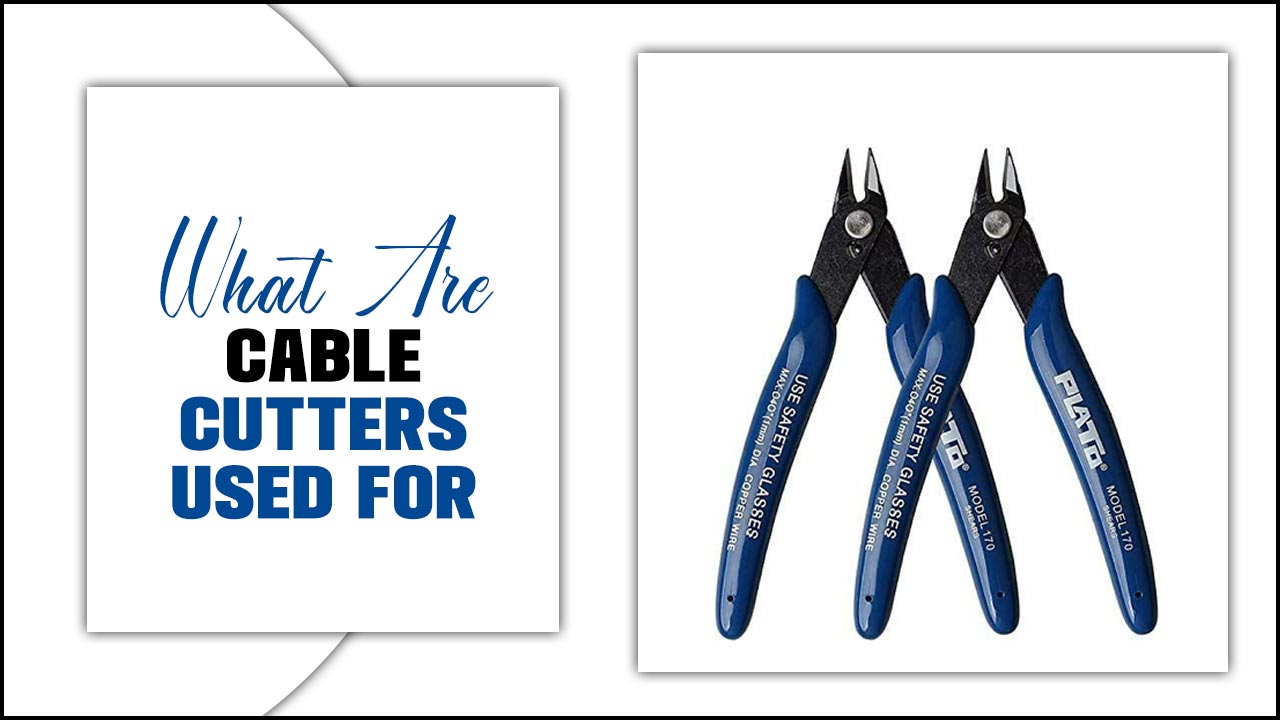Cable cutters are an essential tool for cutting through a variety of materials. Understanding the different cutting mechanisms of cable cutters can help to ensure that the tool is used correctly and that the job is completed efficiently.
This article will explore the different cutting mechanisms of cable cutters, the advantages and disadvantages of each, and the best applications for each type. It will also provide some tips for selecting the right cable cutter for the job.
By understanding the different cutting mechanisms of cable cutters, users can make an informed decision about which tool to use for each job. This article will help readers gain a better understanding of the different cutting mechanisms and how to select the right cable cutter for the job.
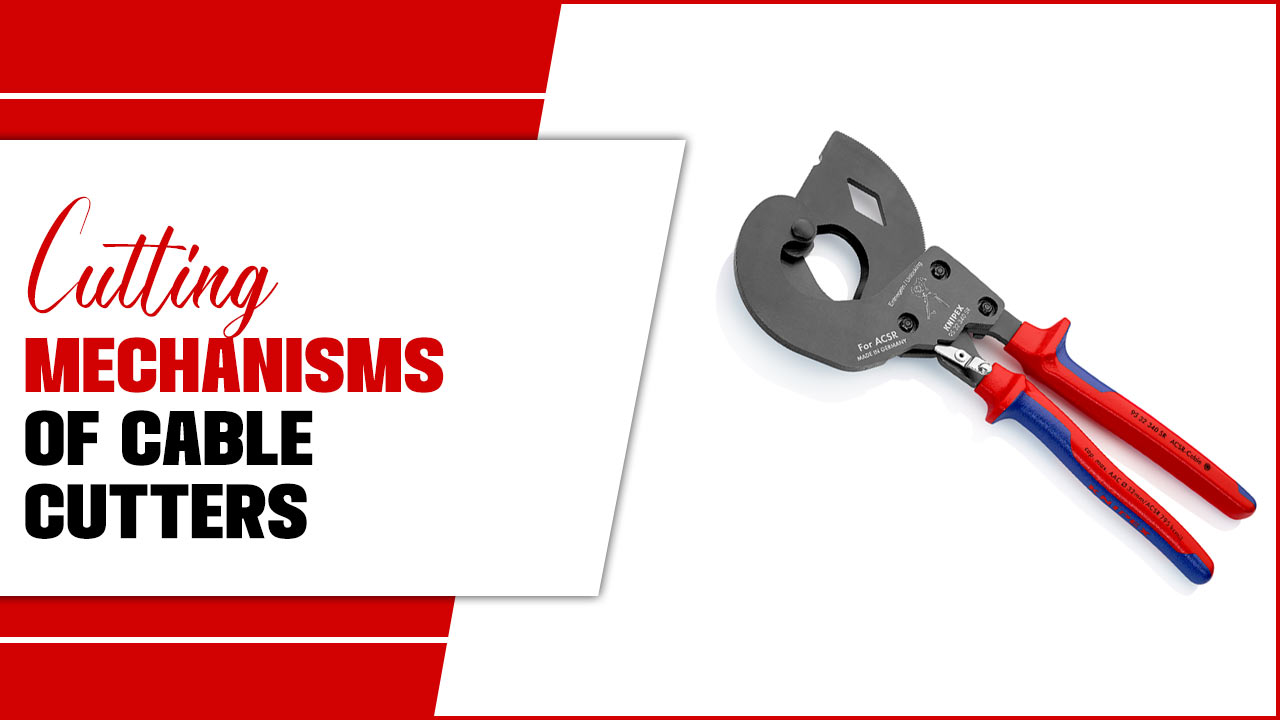
Unravelling Cable Cutter Cuts

Before diving into the main article on understanding different cutting mechanisms in cable cutters, it is important to understand the basics of cable cutters. Cable cutters are specialized tools used for cutting through cables, wires, and other materials.
They are designed to provide a clean and precise cut, and are used in a variety of industries and applications. Different types of cable cutters have different cutting mechanisms, which are important to consider when choosing the right tool for the job. In this article, we will explore the various cutting mechanisms used in cable cutters and how they can affect the quality of the cut.
Types Of Cable Cutters
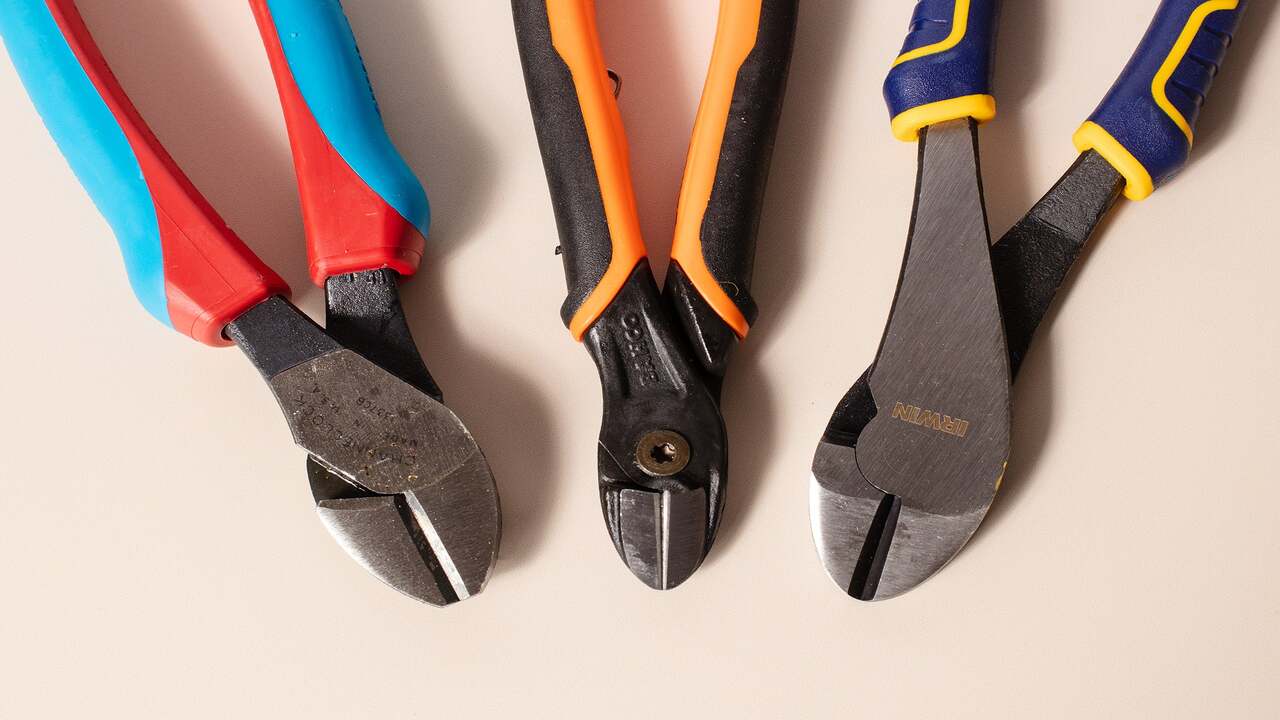
Cable cutters are tools that are used to cut through electrical cables, wires, and other materials. There are several different types of cable cutters available on the market, each designed for a specific cutting mechanism. The most common types are center-cutting, side-cutting, and ratchet-style cutters. Center-cutting cutters are designed to cut from the center of the cable, while side-cutting cutters are designed to cut from the side of the cable.
Ratchet-style cutters use a ratcheting mechanism to help grip the cable and make the cutting process easier. All types of cable cutters come in a variety of sizes and styles, which makes it easy to find the right one for the job. It is important to understand the different cutting mechanisms of the various types of cable cutters to ensure that the right tool is used for the job.
Compound Cutters

Compound cutters are cable cutters that use a mechanical advantage to amplify cutting force. The mechanism is made up of two levers connected by a pivot point that multiplies the user’s force. The force is applied to the larger lever, which is then transferred to the smaller lever and onto the cable, resulting in increased cutting power.
Compound cutters are effective for cutting through tough, hard metals and cables and are often used by electricians and mechanics. They are generally heavier than other types of cutters, making them well suited for use on large cables. Additionally, they are usually more expensive than other types of cutters, but the added benefit of increased cutting power can be worth the extra cost.
Ratcheting Cutters
Ratcheting cutters employ a mechanical advantage to make cutting through cables and wires easier. These cutters feature a ratcheting mechanism that holds the cable in place while the blade is engaged. The ratchet mechanism allows for a single-handed operation, allowing the user to cut a cable with one hand and hold the cable with the other. As the user squeezes the handle, the ratchet mechanism engages the cable and moves it into the blade to cut it.
The blade is typically made from hardened steel and is designed to remain sharp for a long period of time. Ratcheting cutters are a great tool for those who need to cut through a variety of cables and wires quickly and efficiently.
Rotary Cutters
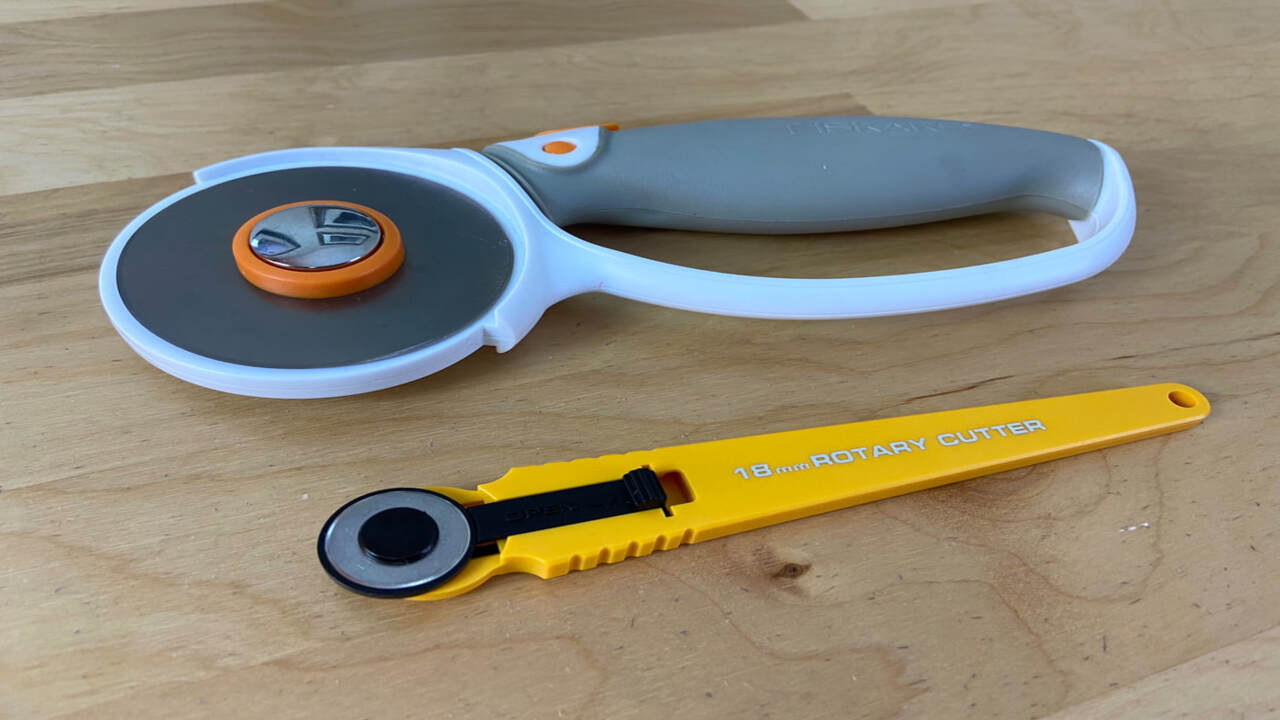
Rotary cutters are one of the most popular cutting mechanisms, as they offer a great balance between speed and precision. They are mainly used to cut through cables, such as coaxial and network cables. The blades used in these cutters are circular in shape, with a sharp edge that spins around a central axis. This rotating motion allows them to quickly cut through large numbers of cables.
The blades are usually adjustable, so you can adjust the diameter of the blade to match the size of the cable you’re cutting. The blades can also be replaced when they become dull, which helps ensure that you are always cutting with a sharp blade. The blades are also usually coated with a special material to help reduce friction and improve cutting performance.
Shears
Shears are a type of cutting tool used to cut cables and other materials. They are typically composed of two blades connected at a pivot point, with handles on either side. The handles are usually ergonomically designed to provide a comfortable grip for the user. When the handles are squeezed together, the blades cross and cut the material.
Shears can be used to cut a wide variety of materials, including cables, plastics, metals, and fabrics. They are also ideal for cutting multiple layers of material at once. Additionally, shears can be used to cut intricate shapes into materials with precision.
Benefits Of Cable Cutters
Cable cutters are versatile tools used for cutting a variety of materials, ranging from electrical cables to metal wires. From professional tradespeople to the DIY enthusiast, having a quality pair of cable cutters is essential. There are several benefits to using cable cutters instead of other types of cutting tools.
Firstly, they are designed to cut through the toughest materials, including hard metals like copper and steel. This means that they can be used on a wide variety of jobs where other types of cutting tools would be less effective. Secondly, cable cutters are designed to be easy to use and maintain, with a comfortable grip to reduce hand fatigue. Lastly, they are relatively inexpensive compared to other cutting tools, making them a great choice for those who are on a budget.
Ergonomic Design

Ergonomic design is an important factor when it comes to cable cutters. The handle should be comfortable to hold and the cutting mechanism should be easy to operate. The handle should be designed to fit the user’s hand and the handle should be large enough to provide a secure grip.
The cutting mechanism should be powerful enough to cut through the toughest of cables without too much effort. The cutting mechanism should also be adjustable to suit different sizes of cables. Furthermore, the handle should be covered with a non-slip material that provides a secure grip even when wet. All these features combined create an ergonomic design that is comfortable to use and provides the user with an effective and safe cutting experience.
Safety Features
Cable cutters are an invaluable tool for working with electric cables and wires. It is important to understand the different cutting mechanisms available to ensure that you are using a safe and effective tool. Every cable cutter has safety features in place to prevent accidents.
For instance, most have a locking mechanism to prevent accidental openings. Additionally, some models have a built-in safety guard to prevent the blades from opening too wide. Many also have a non-slip handle to help ensure a secure grip. All of these features are designed to make sure that the user is safe while using the cable cutter.
Precision Cutting
Cable cutters are a versatile tool used in many industries. Precision cutting requires a specific set of cable cutters that are designed to make precise cuts. These cutters work by using blades that are made of high-grade steel that are sharpened to a point.
The blades then apply pressure to the cable, which causes it to break along the sharpened edge. The result is a neat and precise cut that can be used for any number of projects. The blades of precision cutters come in various sizes and shapes, allowing for different types of cuts to be made. This makes them ideal for any kind of project that requires exact cutting.
Versatility
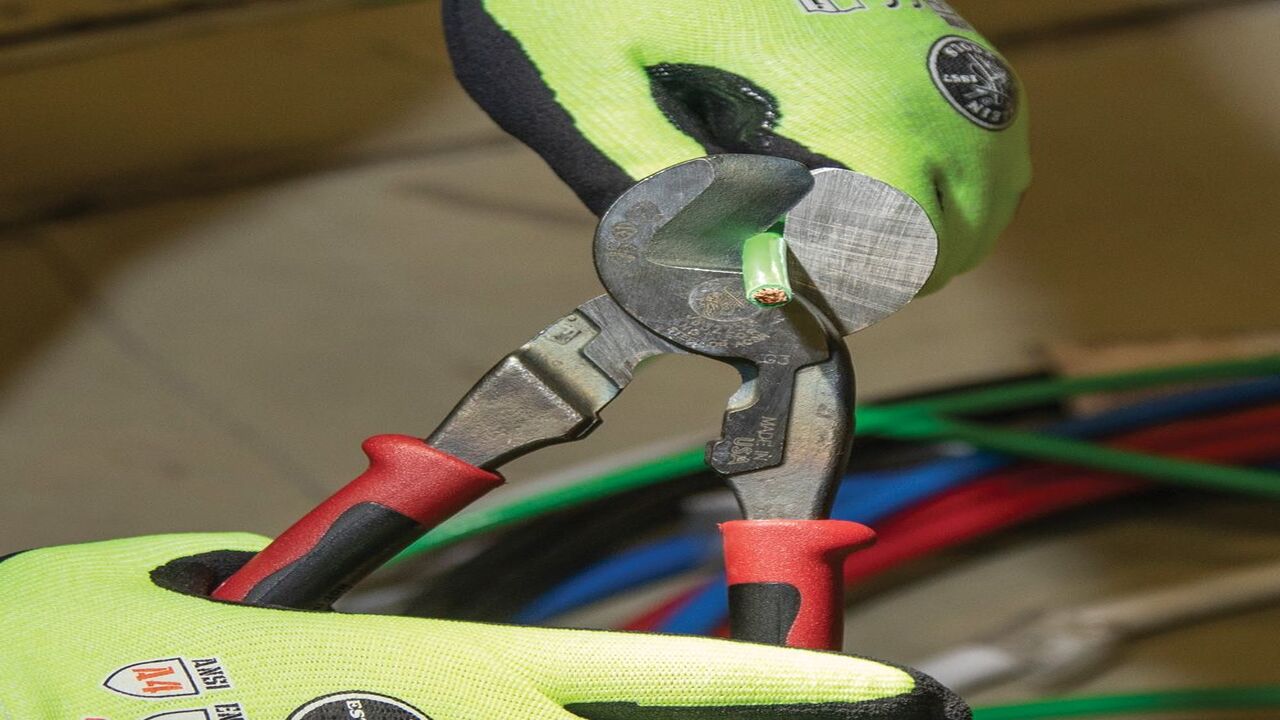
Cable cutters come in many shapes and sizes, each serving a different purpose. One of the most versatile tools available is the cable cutter. This tool has the ability to cut through a variety of materials, including copper, aluminum, and steel cables of various sizes. The versatility of this tool is unsurpassed when it comes to cutting different types of cables.
The cutting mechanism of the cable cutter is also versatile, allowing it to cut through materials with ease. The mechanism typically consists of blades that are designed to cut through cables of different thicknesses. Some models even feature additional features such as serrated blades and adjustable cutting depths to further enhance its versatility. With the right cable cutter, you can easily cut through cables of various materials in a quick and efficient manner.
Conclusion
This article discussed the different cutting mechanisms used in cable cutters, highlighting the advantages and disadvantages of each. It explored the differences between shearing, compression, and ratcheting cutters, as well as the advantages and disadvantages of each. It concluded that the best type of cutter for a particular job will depend on the material being cut and the strength of the cable.
FAQ’s
1.What Are The Different Cutting Mechanisms Available For Cable Cutters?
Ans:There are three main cutting mechanisms available for cable cutters: compound leverage, ratchet, and shear action. Compound leverage uses leverage to increase cutting force, while ratchet action uses a ratcheting mechanism to slowly cut through the cable. Finally, shear action uses a scissoring action to cut through the cable. All three mechanisms are effective for cutting through most cables.
2.How Do These Different Cutting Mechanisms Affect The Quality Of The Cuts?
Ans:The type of cutting mechanism used greatly affects the quality of the cuts. For example, a manual cutting mechanism can produce cuts of uneven quality due to its reliance on manual skill and precision. On the other hand, an automated cutting mechanism can produce highly precise cuts due to its ability to achieve a consistent and accurate cut. Additionally, certain cutting mechanisms may be more suited for some materials than others. The selection of a cutting mechanism should be based on the material being cut in order to ensure the highest quality cut.
3.What Are The Advantages And Disadvantages Of Each Cutting Mechanism?
Ans:The advantages and disadvantages of each cutting mechanism depend upon the application. Laser cutting is fast and precise, but it can be expensive. Waterjet cutting is slower but more accurate, and it is better for cutting thicker materials. Plasma cutting is faster than both laser and waterjet cutting, but has a lower accuracy. Lastly, mechanical cutting is the least accurate, but it is the most cost-effective.
4.Is There A Difference In Cutting Performance Between Manual And Automated Cable Cutters?
Ans:Yes, there is a difference in cutting performance between manual and automated cable cutters. Manual cable cutters require more physical effort and often lack the precision of automated cutters. Automated cable cutters provide a more consistent cut with longer blade life and are quicker overall. They also offer greater safety for the user, as they are designed to cut cables cleanly with minimal risk of injury.
5.Are There Any Safety Considerations To Take Into Account When Using A Cable Cutter?
Ans: Yes, there are several safety considerations to keep in mind when using a cable cutter. First, make sure to always wear safety glasses and gloves to protect your eyes and hands from injury. Second, make sure to check the blade of the cable cutter before use to make sure it is sharp and not damaged. Third, make sure to keep the cable cutter away from any electrical wires or outlets as it could cause a serious shock. Lastly, make sure to use the cable cutter in a well-ventilated area as it could produce toxic fumes.


